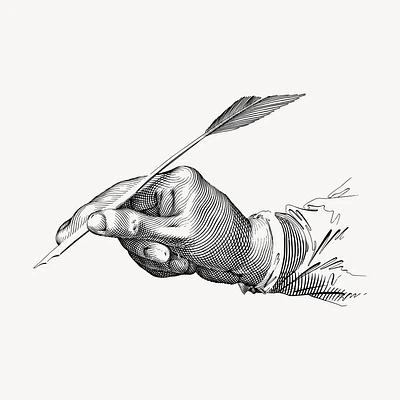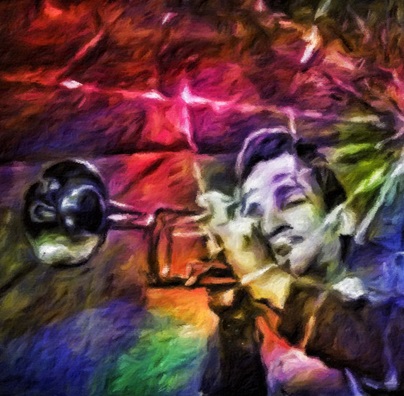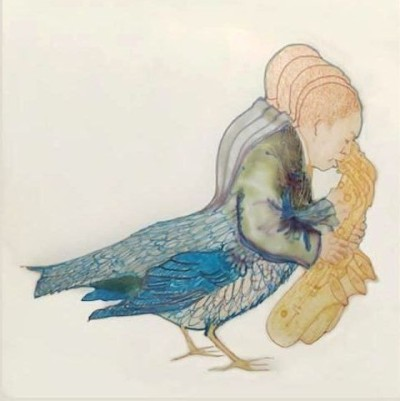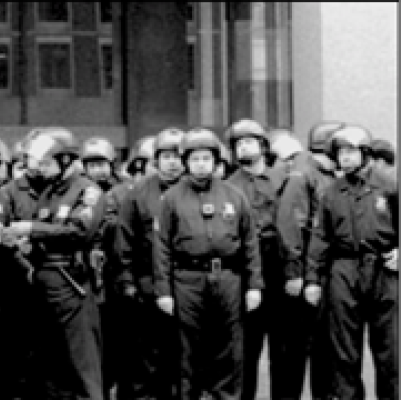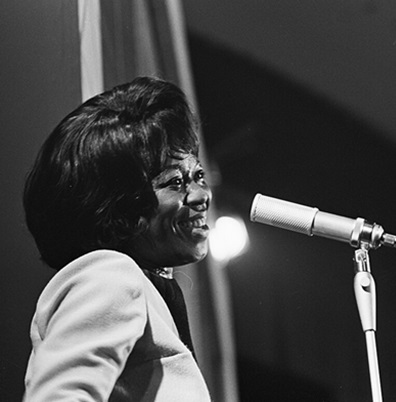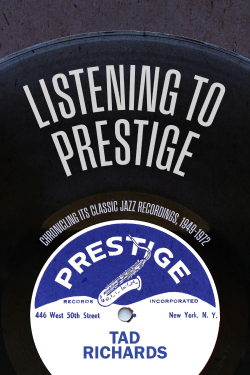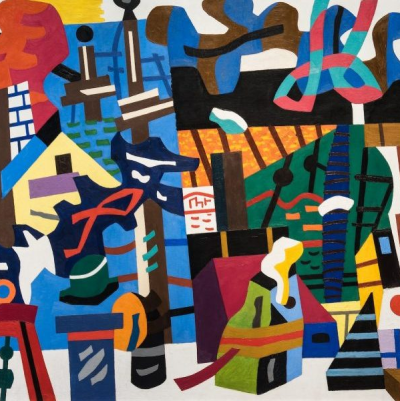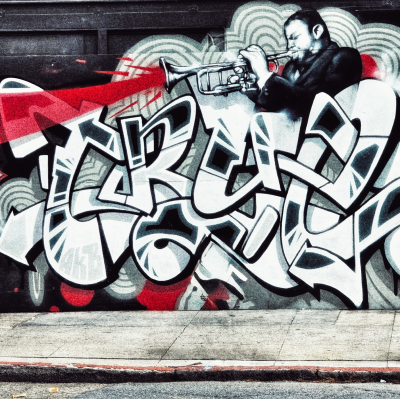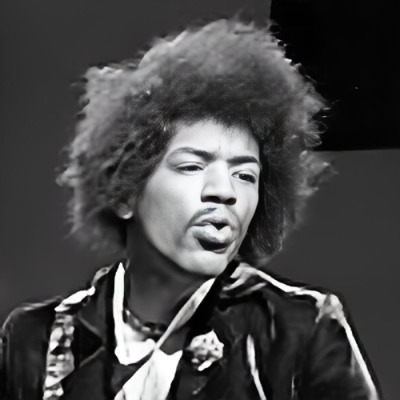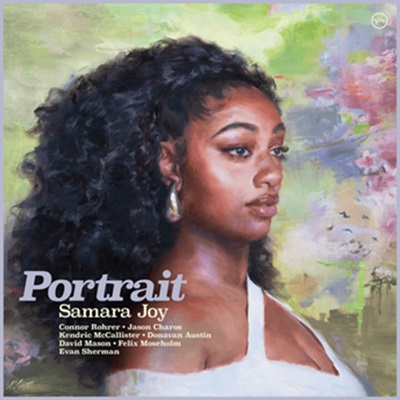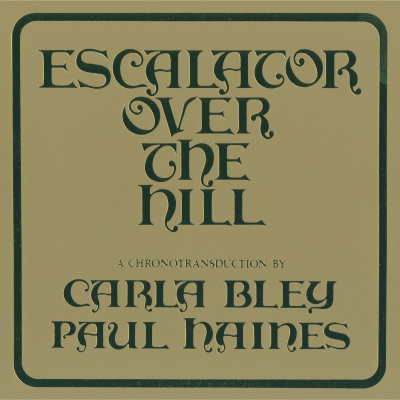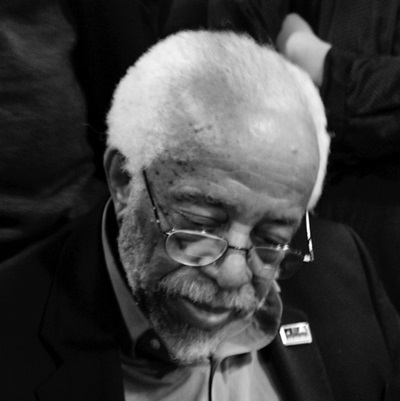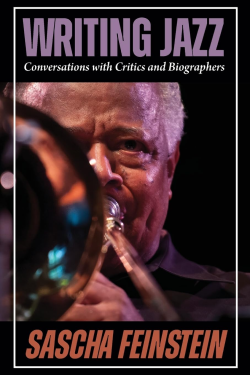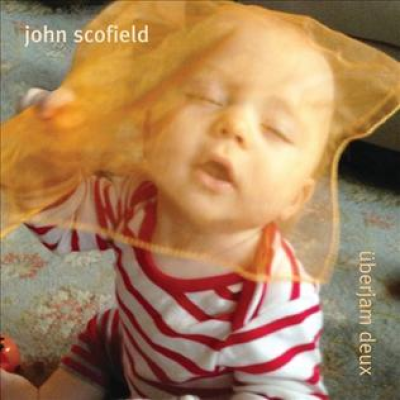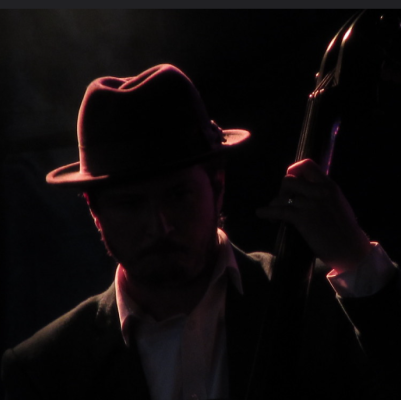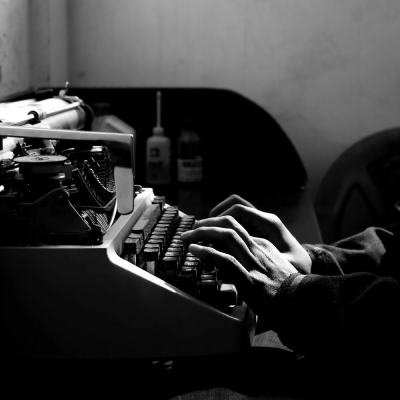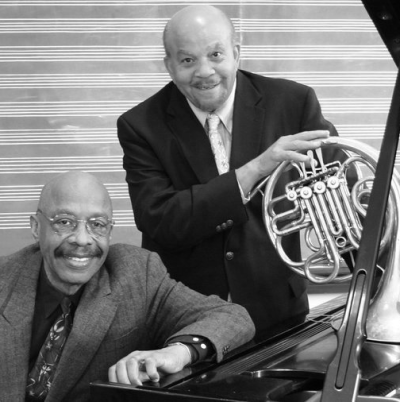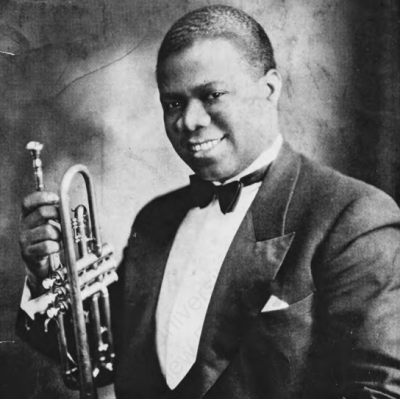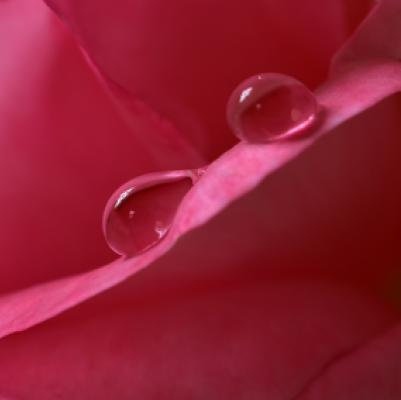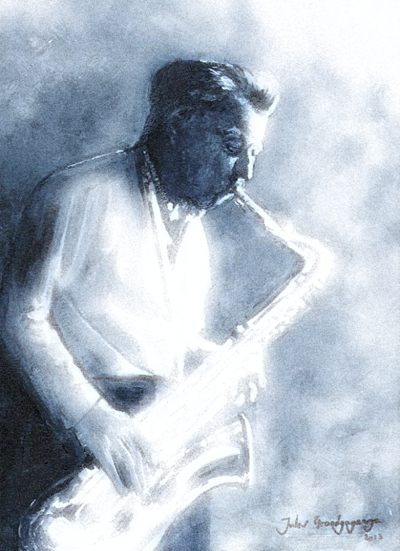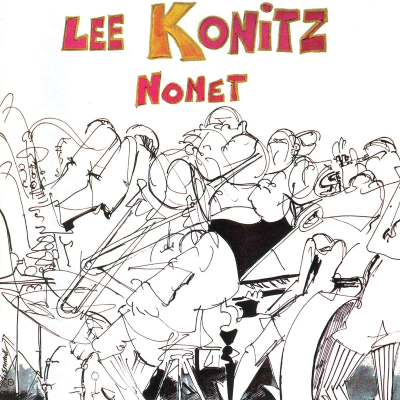.
.
Dear Readers:
…..I recently invited interested poets to take part in an ekphrastic poem exercise that involved writing a poem inspired by this 1947 photo of Thelonious Monk which was taken by William Gottlieb at Minton’s Playhouse, the famed New York club where the likes of Monk, Charlie Parker, Dizzy Gillespie, Kenny Clarke and others created the music that became known as bebop.
…. Gottlieb is best remembered for his classic photos of jazz musicians in the 1930’s and 1940’s. I had the privilege of meeting him in New York in the late 1990’s, and he eventually became my very first interview guest on Jerry Jazz Musician. The photo of Monk was one of several Gottlieb shot of him, and was, of course, developed in black and white.
…..Using tools available today, the American photographer and artist Rhonda R. Dorsett added her own artistic impressions to it, which is the image poets were provided for this feature. Their work follows.
…..As always, thanks to the poets (and Rhonda), and I hope you enjoy.
Joe Maita
Editor/Publisher
.
.
___
.
.
photo by William Gottlieb/Library of Congress/adapted by Rhonda R. Dorsett
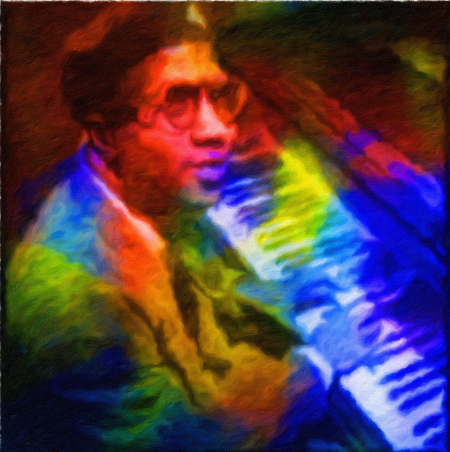
.
.
Shades of Improvisation
what am I to surmise by the painterly glint
in your eyes / as you scan the room for what is too beautiful
fingers splashing across the keys in rainbow reverie
Thelonious Monk!
quarter note triplets / Bye-Ya to blues conventionality
however you choose to decipher the Purple Shades
of an aural kiss, who could resist?
are these the golds & blues of jazz post-blackness?
I can’t help but ask as you coax color from the keys
& what are you thinking as you scan the room?
Thelonious Monk!
let’s call this the musical prism of a discovery
& Ruby’s in the crowd with her own colorful
melody / she’s eyeing you, my dear
& her artistic view is so…out there!
the orange & the gold / blues to bless my soul
green like the money that’s in short supply…
Thelonious Monk!
tritones & tribulations
surreal / abstract! / & you know this club is jam-packed
on a night of flat ninths & fifths / a purple kiss!
we’ll always remember this:
colors emerging as you coax the keys
(are my eyes playing tricks on me…?)
painterly intentions / blues too-blue
to mention / shades of improvisation
o stride, brotha stride!
Thelonious Monk!
swing & slide in lucid colors:
oblique reds / don’t-you-get-
what-I-mean green / a rainbow of funk!
is that why they call you
Blue Monk? / this sound’s so new
…..why stop at blue?
.
by Connie Johnson
.
___
.
Not Monk’s Dream, but Mine
Monk’s Dream , an album released in 1963
by Thelonious Monk and his quartet, was
the best-selling LP in his lifetime.
.
I saw him last night.
Hat on. Glasses on.
Fingers on and then popping off
the keys like they were hot.
Each quick touch creating color,
colliding with notes from the tenor sax,
bumping into the bass line,
crashing into the drum beat
in a fusion of hues
not seen or heard before.
A bluer blue.
Reds that were redder.
Greens that leaves and grasses
had never known.
Colors without names.
And Monk sat plunking a piano
encircled by the alchemy.
.
by Laura Trigg
.
___
.
Imprecise Precision
There’s no evidence (mere conjecture)
that in his mind Monk fascinated
over Braque or dreamt 🎶 Picasso.
But did he play us, or,
was he just playing
He needed 🎶 and just a few jackets,
a good venue, some decent hats,
a few 🎶 friends, to make enough
melodies played with dark glasses
to elongate 🎶 runs that wandered intentionally,
Body and Soul, reversing fields,
on a jazz journey of his own,
taking the multi-colored acrylic notes
he spilled 🎶 🎶 🎶 all over the keys,
that psychedelic Caravan back
to the main theme, where the precision
expands into double toned clamor
with puckish notions of melody.
Really,🎶 🎶 🎶, just a few jackets
a good venue, some decent hats,
a 🎶 few friends: precise imprecision:
double tongue the 🎶 keys:
nuance dressed undercover:
engage the staircase,
daring you to jump beyond all 🎶,
the missing steps, as only he can.
.
by Michel Krug
.
___
.
Listen to the Colors
Color explosion
by sounds he expressed
Tracks laid down – no time to rest.
Head to toe aglow
angelic notes rise
Music interprets no lies.
.
by Cynthia Gallion
.
___
.
Monk’s Dream
Notes dancing in air in some
glorious random order—
chords moodily disturb the
established set, down under.
Tentative silence hanging in air,
Monk’s fingers above keys
like splayed wet feathers—
of birds diving beneath the scores.
A sheen of silver bubbles rising
into blisters of champagne sores,
burst into an oil slick rainbow
enveloping Monk’s head—
In a cloud of post modern wonder.
All is fire, our hearts aflame,
wax drips onto our bemused brains,
cleansing us clear again.
.
by DH Jenkins
.
___
.
Looking For Monk and Finding a Photo
NYC late 40’s;
William Gottlieb was blood hounding
the trail for mystery Monk
who seemed to have
disappeared in thin air.
Then in August of ‘47
Monk reanimated
from be-bop vapor
and took Gottlieb
to Minton’s Playhouse
for an interview and photos.
And what photos!
In particular, not exclusively–
Monk in a beret
pinstripe suit
and scarf
looking up at Gottlieb
through stylish glasses
fingers curved
over the keyboard
holding harmony
that has
been audible for almost
eighty years.
All jazz
is a variation on a theme
and most art is too,
so after all this fixed time
Monk now looks up from the frame
to be seen again within a new
shimmering color scheme
visual be-bop overlaid on Gottlieb’s vision
and the foretold chord.
‘47 is gone and gone far back
though Monk is always there
peering up in mystery
a little bit of mischief
in his dress and demeanor
a reimagining that
reminds us that Monk,
cupped hands and sharply dressed
will always be in Minton’s 1947
improvised forward
to a 21st century world–
black and white to incandescent
indeed.
.
by Daniel Warren Brown
.
___
.
That Was Monk
He plays in primary colors. Red, blue, yellow dance
from his inner world, stream through his arms into hands
stretched across ivories white and black.
They wait for his touch, his transmutation of their colorless life.
Like base metals they turn into brilliance. More than gold:
oranges, greens, purples illuminate the sound of genius.
Music cascades through ivories into the darkened room. Sublime.
He plays them like a lover long lost caressing silken skin.
Exaltation. Celebration.
Leaning back from the keyboard, he lifts his hands, bows his head.
The mood breaks with yearning for just one more tune.
That was Monk.
,
by Judith Vaughn
.
___
.
Elastic Ekphrastic Monk
Afternoon wind brings
thunder, rain, dares
the grid to hold on
as all the sounds and all the colors
sway onward into corners sharp,
corners brilliant, utterly dangerous.
Do it this way, hold your hat,
the wordless song
goes on. Joyful noise hovers
like crepuscular clouds
descended from the universe,
whorls and waves from deep sea.
Lightning winks and cracks
the darkness, winks atop the keys.
.
by Steve Paul
.
___
.
Monk’s Kaleidoscopic Dream
Not all Blue Monk
But Something in Blue
For everybody
At the Five Spot Café
You can come on by
Anytime the spirit moves
Hear him Round Midnight
Straight No Chaser
Blue Note Decade
Twelve Bar Blues
B-Flat Tones 32-Bar Ballads
No wrong piano notes
Coltrane ..Miles ..Dizzy
Parker .. Powell ..Roach .. Rollins
The Apollo .. Carnegie Hall
Underground ..The White House
Blue Sounds ..Blue Sphere
Well, You Needn’t
Worry ..Ruby, My Dear
You will carry on
Green Chimneys
Brilliant Corners
Dance ..even ..Giggle
Wiggle as he plays
Genius on the keys
Trinkle ..Tinkle Stride man
With each prismatic stroke
Light flashes ..splashes
Each tone color radiates
He calls us to travel ..Fly
High .. North of the Sunset
Dream ..Like a Rainbow
.
by Mary K O’Melveny
.
___
.
Floating With Monk
It’s the long Easter weekend,
I’ve just done a load of washing,
as well as repotted a hardy palm.
I’ve got no other major plans.
Maybe I’ll tackle the grimy windows—
let in the colours of spring, you know.
Like Thelonious, who’s Coming on the Hudson,
with that guileless loping beat,
and my coffee that seems almost perfect,
and the paper where I happen to read
about this one guy, a classical pianist,
who’s slated to perform
a two-minute Eric Satie piece—
for sixteen straight hours.
Which has me thinking:
Hey, hold on a minute, he might be on
to something here. What was it Heraclitus
said about stepping into the same song twice?
Most of the headlines today are dismal—
as if two millennia of Good Fridays
had barely moved our corrupt hearts.
This is true.
But these music tidings remind me
it’s not over yet—something
about this world might still be intact.
As for Monk’s bright, chugging tune
and the way it simply ignores the spumy drift
bobbing on the wake and then sinking
into the river’s black depths—
well, it’s almost enough to make you believe.
And, yes, who could indeed resist
his quiet iridescence, the music
that pays little or no heed to what lies
downstream—or even just around
the next, hazy bend.
.
by Francis Fernandes
.
___
.
Monk Comes in Colors
Monk comes in colors,
in rainbows of sounds.
A whirlwind of notes
swirls through the air
building piano galaxies
beyond compare.
Yes, Monk comes in all colors,
especially blue
and usually ‘round midnight.
.
by R. Bremner
.
___
.
Straight
The monk in
habit black attacked
attacked attacked
his devil — devil grinned
on four legs — attacked —
blue monkish evangelist fanatic
he went afterafter his
4legged infidel foe —
with fingers uncurled
straight for the eyes, for their whites and
for their blacks
until they scream in blind
NO CHASER
the unsquare monk
the monk melodious
prayed and prayed
mystic irre
ligious
prayed his round midnights with
out even a chaser of
sunny Cannonball blues
attackattacked, in bflat
solitude
.
by Duane Vorhees
.
___
.
Refraction
Could Monk see the keys in colour,
Painting an array of sounds
From the palate of a chord
Paddling his fingers in tepid tones
Then splashing percussively,
Jabbing the keys
To add expression to his canvas,
Pausing to stride about the stage,
Stepping aside for other musicians
While still playing over in his head,
His hat set straight
As he brought out angular twists,
Flat ninths and fifths in his nine to five,
Sounding silences,
Impulsively hesitant,
Cool in the heat of it all.
.
by Anthony Ward
.
___
.
Wise T Monk
“Let’s Cool One”
their soprano saxist
called the tune,
a “little-known” Monk composition
On the neighborhood side
of the pre-eminent jazz bar in that town
a senior barfly, wine-bright,
critically insisted —
Play Pete Fountain!
CLARINET!
In music mode
such a loony loudmouth
is always heard as random noise
irrelevant as clinking, rinsing dishware,
cellphone jingles,
dull jukebox blare.
Carefully unheard, it dissipates . . .
While somebody near him and the waitress
shushed and steered him toward the exit,
this younger listener,
in communion with their bassist’s
incandescent five-stringed
calculations pierced the secret:
what Monk was dealing with and to
this be-grinning coed
Wise T Monk?
You don’t play him
He plays you
.
by Catherine Lee
.
___
.
Monk, in Technicolor
Monk in technicolor, in technique,
turning towards the camera, caught
in the light, the limelight, in a tonight
he shined in. Inside the mind, the
marvelous musicality of a music-
man!
Music man. He was enthused to jam,
to perform, to take melodies then make
them heavenly, incredibly. Monk in
technicolor true to the cool cat he
was, to the people he loved, because
when his fingers landed on piano keys
he breathed beautiful into awaiting
ears.
Monk’s methodology was masterful,
is masterful. Captured, is a king of
colorful creativity, ability, synchronicity,
harmony, happenings.
Monk in technicolor transforming the
triumphant – abundant in solid shades
as shades of night appear clear.
There is blue in the picture. Picture
Monk, picturing Monk playing bluesy
songs, soul sonnets, on top of the
rhythms, under the rhythms, with
pure precision.
Precise colors of a jazz
Soul brother.
by Christopher D. Sims
.
___
.
About That Beret
In the polychromed photo
Thelonius Monk
(a name which sounds made up
but is not) wears his signutary beret,
French for the floppy felted cap,
its second ee and its silented tee
translinguified to ay,
a staple of the beats.
Or was it revolutionary,
as in Ernesto Che (long ay)—
like the bopotific music
of Thelonius Monk—
who I would guess
wore it first.
.
by Alan Abrams
.
.
___
.
.
A Photograph of Monk Asking Us to Look Down
So That We Might See What Is Above Us
Wherever you are is called Here
—David Wagoner
He is looking up
into light no longer
dividing itself
into black & white,
good & bad.
This is Monk.
This is Thelonious Sphere Divine.
Father of the black & white
keys, telling us
from behind his extraordinary
underwater scuba mask
of oversized glasses
to dive deep into the light we know
is within. Down
within us. That once we do
we will hear the music of the spheres,
of Sphere himself, in the true core
of all we are and were and hope
to be. There are oceans
there. And murky depths.
And manta rays. And multicolored
jellyfish who possess the rare ability
to regenerate their fluid
selves, recast their cells
to a time before disease
takes root. We might do better to stop thinking!
Just as these jellyfish do not possess
a brain and thus float through
the magnetic waves of sound.
There, what we think—Is.
And all disruption
no longer dismays. Reach down
into the stir and murk,
Monk seems to say, while looking up.
For there is no this or that,
up or down, only the ever-unfolding
Now. For we are like music.
For we are music.
Wherever we are
we Are. Forever.
Always. Now.
.
by George Kalamaras
.
.
_____
.
.
Alan Abrams, former motorcycle mechanic, carpenter, and bootleg architect, is a writer and editor, and founder of the Sligo Creek Publishing Company. He grew up on rock and roll, but is learning to appreciate jazz
.
.
___
.
.

R. Bremner has been writing of incense, peppermints, and the color of time since the 1960s. He appeared in the legendary first issue of Passaic Review in 1979, which also featured Allen Ginsberg, and in International Poetry Review, Paterson Literary Review, Sigmund Freud in Poetry, Anthem: a Leonard Cohen Tribute Anthology, and more. Ron has published eight books of poetry, including Absurd (Absurdist poetry from Cajun Mutt Press) and Hungry Words (Alien Buddha Press).
.
.
___
.
.

Daniel Warren Brown has loved jazz (and music in general) ever since he delved into his parents’ 78 collection as a child. He is a retired special education teacher who began writing as a senior. He always appreciates being published in journals and anthologies. At age 72 he published his first collection Family Portraits in Verse and Other Illustrated Poems through Epigraph Books, Rhinebeck, NY. Daniel writes daily about music, art and whatever else catches his imagination.
.
.
___
.
.
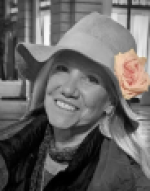
Rhonda R. Dorsett is a professional photographer/videographer, and owns Bokeh Image Studios in Portland, Oregon.
Click here to visit her website.
.
.
___
,
,

Francis Fernandes grew up and studied in Montréal, Canada. Since spring 2020, his writing has appeared in over twenty literary journals, including Modern Poetry Quarterly Review, Saint Katherine Review, The Orchards Poetry Journal, Third Wednesday. He lives in Frankfurt, Germany, where he writes and teaches.
.
.
___
.
.

At 19, Cynthia Gallion became a jazz enthusiast while growing up in Southern California. Now a nurse, mother and grandmother, she has been a North Carolinian for the past 30 years.
.
.
___
.
.

DH Jenkins’ poems have appeared in Jerry Jazz Musician, Kelp Journal, and The Ekphrastic Review. His new book of poetry, Patterns on the Wall, is available on Amazon.com. He lives in New Zealand.
.
.
___
.
.
 Connie Johnson has multiple Pushcart Prize nominations for poetry. A California-based writer, she has authored Everything is Distant Now (Blue Horse Press) and I Have Almost Everything (Boats Against the Current). In a Place of Dreams, her digital chapbook (containing audio readings/personal narrative), was published by Jerry Jazz Musician. Click here to view it.
Connie Johnson has multiple Pushcart Prize nominations for poetry. A California-based writer, she has authored Everything is Distant Now (Blue Horse Press) and I Have Almost Everything (Boats Against the Current). In a Place of Dreams, her digital chapbook (containing audio readings/personal narrative), was published by Jerry Jazz Musician. Click here to view it.
.
.
___
.
.
photo by Jim Whitcraft

George Kalamaras is former Poet Laureate of Indiana (2014– 2016) and Professor Emeritus at Purdue University Fort Wayne, where he taught for thirty-two years. He has published twenty-seven collections of poetry, eighteen full-length books and nine chapbooks. He recently won the 2024 Indiana Book Award for his book To Sleep in the Horse’s Belly: My Greek Poets and the Aegean Inside Me, a 300-page chronicle of George’s Greek ancestry—literary, artistic, and familial (Dos Madres Press, 2023).
.
.
___
.
.

Michel Steven Krug is a Minneapolis poet, fiction writer, former print journalist from the Johns Hopkins Writing Seminars, and he litigates. His poems have appeared in New Verse News, Poetica Publishing, Liquid Imagination, Blue Mountain Review, Portside, and many others.
.
.
___
.
.

Catherine Lee, a widely published neo-Beat, explores poetry’s percussive jazz voice. Lee’s Mentor Wonders poetic drama about mentoring “at risk” public elementary students is available at Amazon and as a Dramatic Reading video at VIMEO. Lee is currently writing a new play, Subconsciously Seeking a Maverick, about how children watching mid-20th-century TV Westerns were programmed with stereotypes about minorities and women, and led to accept open carry of firearms for intimidation. Lee’s extensive artistic biography is found here.
.
.
___
.
.

Mary K O’Melveny, retired labor rights lawyer, lives with her wife near Woodstock, NY. Mary became a fan of Jazz as a very young girl listening to Louis Armstrong and Lester Young on her grandparents’ Victrola record player. Mary’s award-nominated poetry appears in many print and on-line literary journals, anthologies and national blog sites. Mary has authored three poetry collections. Her just-released fourth book, Flight Patterns, is available by clicking here
Click here to read If You Want to Go to Heaven, Follow a Songbird – Mary K O’Melveny’s album of poetry and music, published by Jerry Jazz Musician
Click here to visit her web site
.
.
___
.
.
photo Roger Gordy

Steve Paul, a onetime jazz DJ and longtime journalist, writes cultural commentary, literary biography, and poems in Kansas City, MO. He’s currently at work on a biography of the poet William Stafford.
.
.
___
.
.

Christopher D. Sims is a writer of poetry, a spoken word artist, and a human rights activist who uses words to inform. Born and raised on the west side of Rockford, Illinois, he has been writing since he was nine years old. A published poet, Christopher wrote a poetry and memoir collection entitled I was Born and Raised in The Rock in 2020. He is a fellow of the Intercultural Leadership Institute.
.
.
___
.
.
Laura Trigg is a retired physician currently living in Missouri and enjoying caring for her granddaughter while her parents are at work. A writer since childhood, she has had poems published in several journals, including Encore, Delta Poetry Review, Medicine and Meaning, Months to Years, and Jerry Jazz Musician.
.
.
___
.
.

Judith Vaughn lives in Sonoma, California. She is a member of PoeticLicenseSonoma who read their poetry the 4th Tuesday of each quar-ter at Sebastopol Center for the Arts in Sebastopol, CA; and Redwood Writers’, A branch of the California Writers Club.
.
.
___
.
.
Duane Vorhees is an American living in Thailand. Hog Press of Ames, Iowa, has recently published three of his poetry collections (The Many Loves of Duane Vorhees, Heaven, and Gift: God Runs Through All These Rooms) and will put out a fourth sometime this year.
.
.
___
.
.
Anthony Ward chooses to write because he has no choice. He writes to get rid of himself and lay his thoughts to rest. He derives most of his inspiration from listening to classical music and jazz since it is often the mood which inspires him. He has recently been published in Jerry Jazz Musician, Synchronized Chaos, Literary Yard, Mad Swirl, Shot Glass Journal and Ariel Chart.
.
.
_____
.
.
.
Click for:
The 1997 Jerry Jazz Musician interview with photographer William Gottlieb
Information about Kinds of Cool: An Interactive Collection of Jazz Poetry
More poetry on Jerry Jazz Musician
“Saharan Blues on the Seine,” Aishatu Ado’s winning story in the 68th Jerry Jazz Musician Short Fiction Contest
More short fiction on Jerry Jazz Musician
Information about how to submit your poetry or short fiction
Subscribe to the (free) Jerry Jazz Musician quarterly newsletter
Helping to support the ongoing publication of Jerry Jazz Musician, and to keep it commercial-free (thank you!)
.
___
.
.
Jerry Jazz Musician…human produced since 1999
.
.
.






